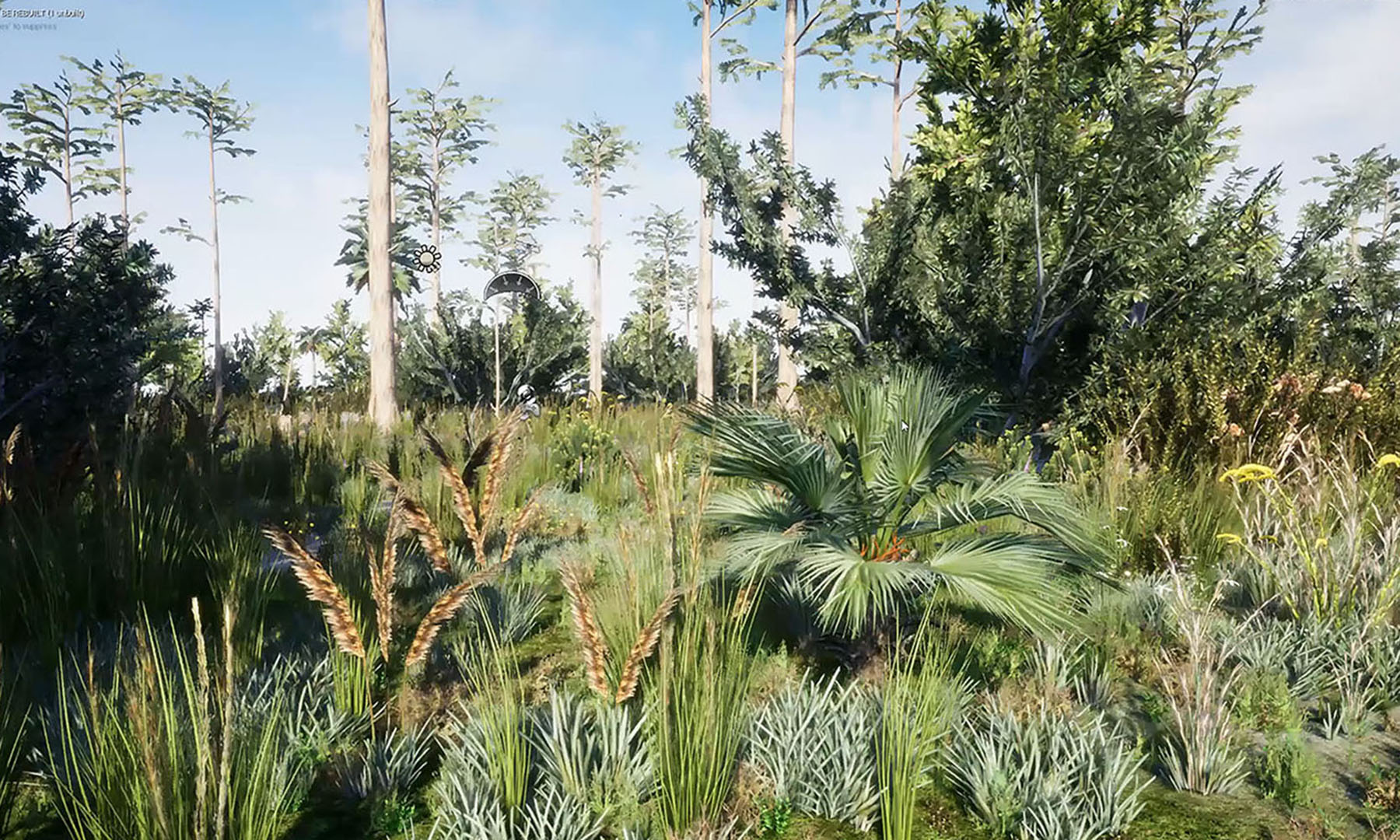“Course on virtual nature as a digital twin: botanically correct 3D AR and VR optimized low-polygon and photogrammetry high-polygon plant models” Chaired by
Conference:
Type(s):
Entry Number: 04
Title:
- Course on virtual nature as a digital twin: botanically correct 3D AR and VR optimized low-polygon and photogrammetry high-polygon plant models
Presenter(s)/Author(s):
Abstract:
The student of this course should already know how to use 3D modeling software to create FBX files. This Course expands on a short overview presented in the Educators’ Forum. It is different in several ways. First presented is the overview of the context and justification of why botanically accurate plants and landscapes are important for educational applications, such as for use in museums, arboretums, and field trip experiences to botanical gardens. Connected to that goal is the importance of accuracy in visualization of not only the plant, but the entire virtual model of the landscape using plant inventory data and plant population density geographical information system (GIS) data. This then touches on the important issues for digital twins, as models and simulations of reality. Educational applications are different than entertainment application in the dimensions of information fidelity, or the trustworthiness of the presentation, and also the graphical fidelity, or the photorealistic capacity of the rendering systems. These are not always the same. High graphical fidelity is a byproduct of high information fidelity; the reverse is not always true. High graphical fidelity enhances information fidelity, if used for that purpose. Two immersive informal learning applications use cases are presented, one for augmented reality (AR), and the other as a virtual reality (VR) example. Both models used the same design and development process, integrating domain expertise, the botanist and the ecologist, with the art and software team to enhance the accuracy. Co-design, highly iterative review process, removes errors in educational content, and representation, as well as usability and may be generalized to any domain when learning is a goal of a digital twin. In this work it is referred to as the Expert-Learner-User-Experience (ELUX) design process. Game engines, as general purpose visualization tools, make multimodal and interaction possible to enhance user experiences and to make semantic material accessible to the learner. The technical constrains on the application design demanded two production pipelines. The AR and VR pipeline required low-polygon models for performance, and the newly released Unreal Engine 5 and Reality Capture created an opportunity to increase the graphical fidelity and the information fidelity of the plants and models. Virtual nature construction methods are covered in two processes, first with low-polygon 3D plant models ideal for AR and VR, and the second with high-polygon 3D plant models using Unreal Engine 5 and Reality Capture. As highly accurate 3D plant models, combined with stat of the art rendering for photorealistic models, when combined with GIS geospatial datasets, and visualized in immersive devices, digital twins of the natural world become possible. Once these models are connected to mathematical models of the natural world, dynamics driven by real time data feeds, and forecasts, both back in time and forward into the future will enhance our understanding of the natural world, and how it interacts with that of the artificial man-made world.




